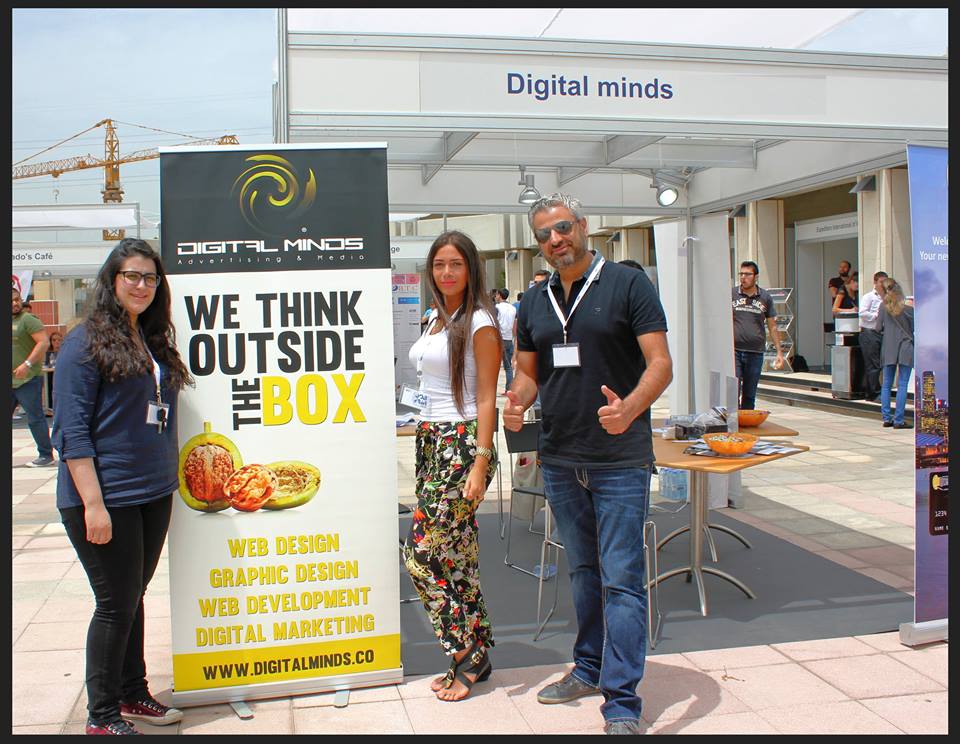
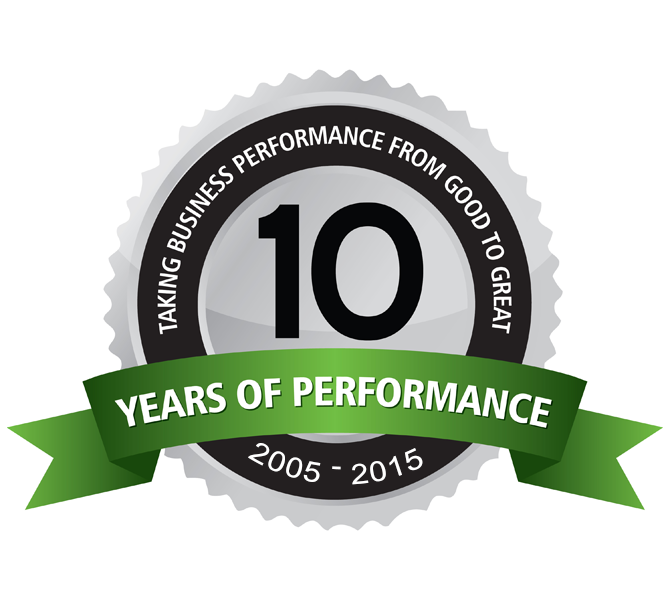
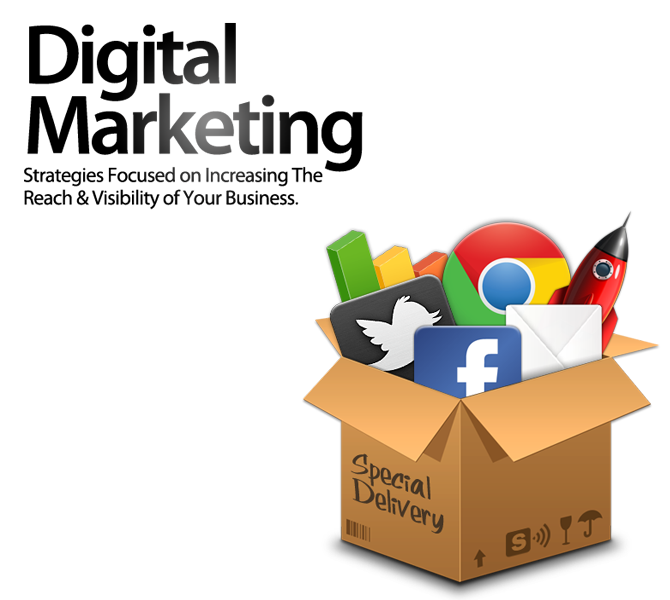
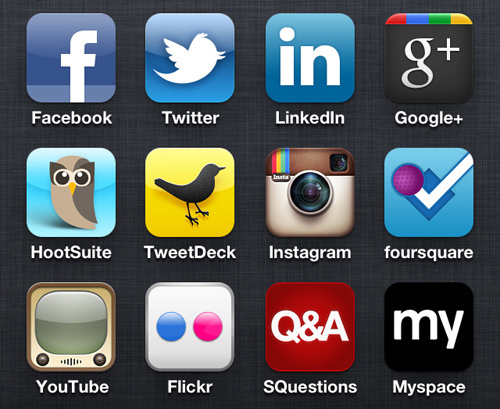
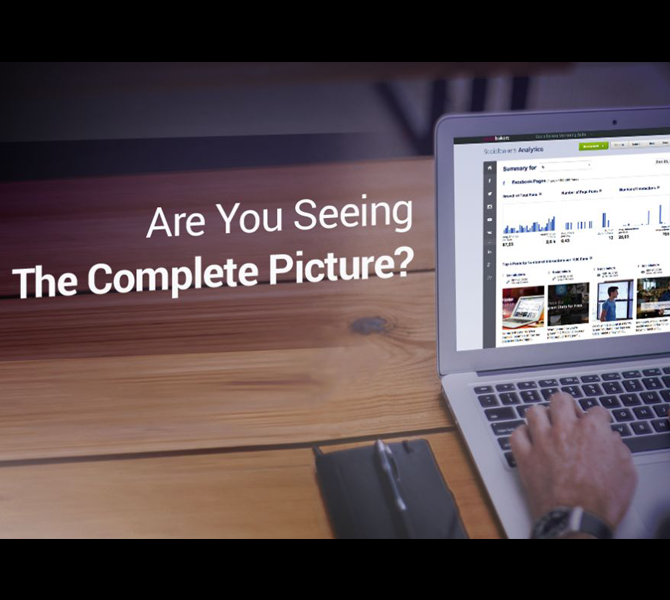
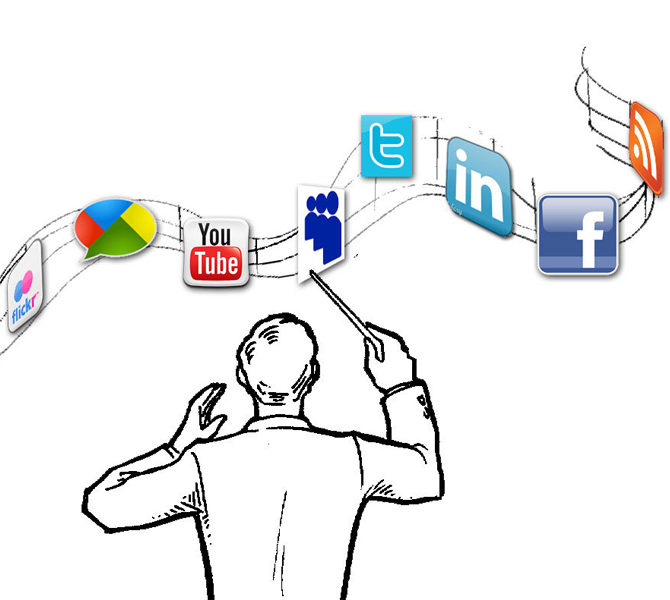

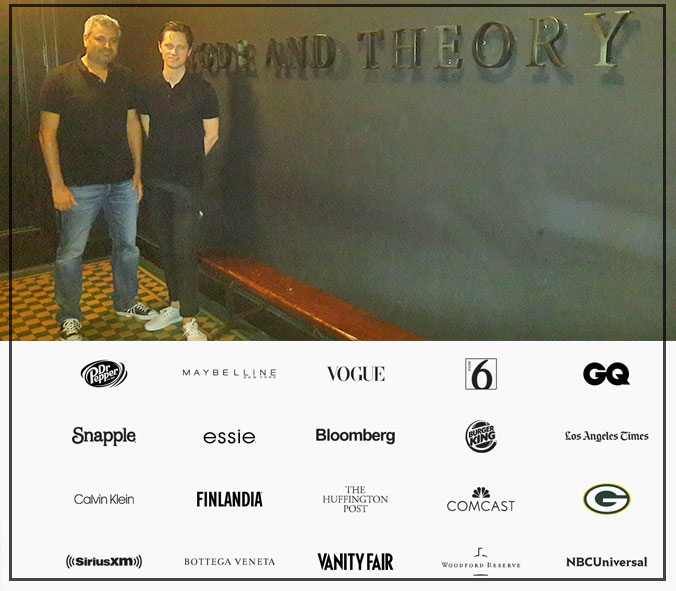
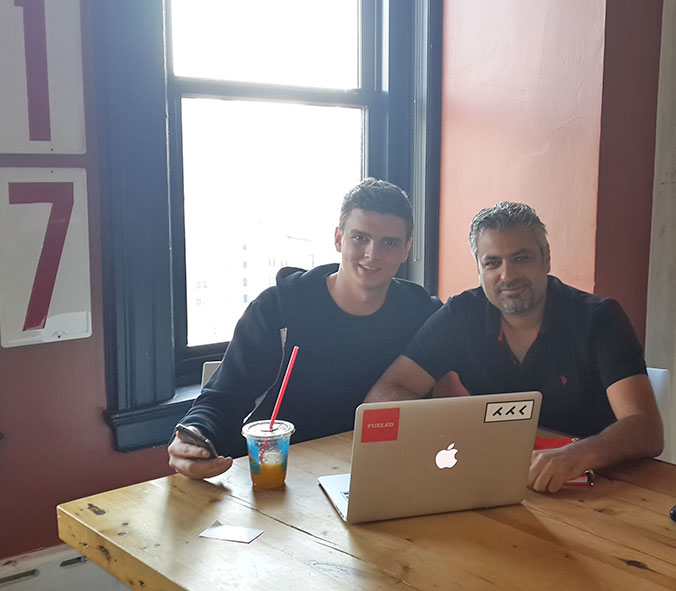
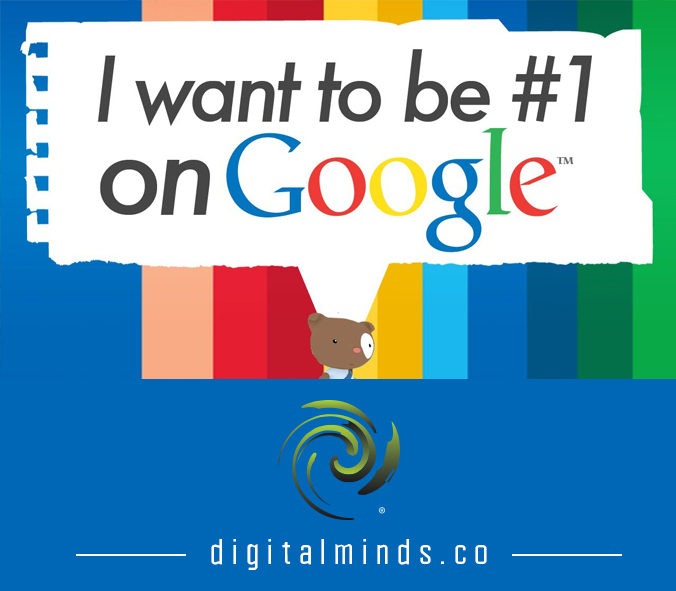
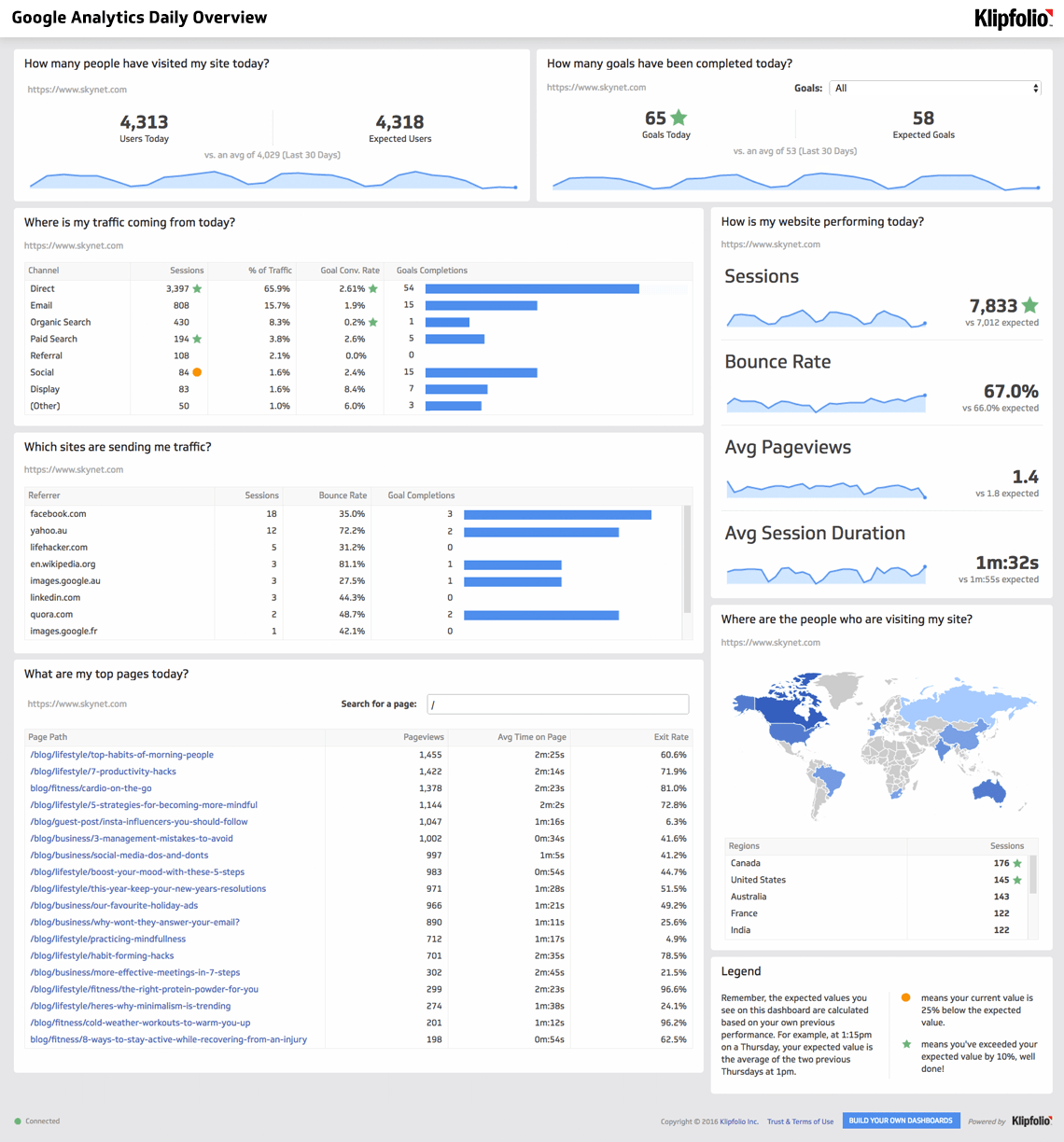














Engagement has been an important metric for understanding if your audience is interacting with your brand. However, if you’re stuck on only analyzing the numbers of those who have taken an action on your content (like, comment, share, click) then you’re not seeing the complete picture. Reach and frequency are arguably just as important as engagement. When it comes to brand marketing, it’s all about striking that balance of reaching the appropriate number of people at the right amount of frequency.
Repetition is key, and reaching larger audiences and exposing them to your brand messaging is what strengthens brand awareness and grows revenue. Frequency is calculated by dividing Total Reach(the number of times your content appeared in Facebook users’ News Feeds) by Unique Reach(unique Facebook IDs to which your content was displayed, not counting multiple views by the same Facebook user). It shows you the average number of times your post (or ad) was shown to each person. It’s important to monitor your volume of posts because a high frequency can result in negative feedback, which can hurt reach and lead to ineffective spend. Looking at this will put you on the path to finding the ideal amount of posts for publishing based on your content quality. The better the content, the more Facebook will show your ad to a given user, thus giving you more value for your budget and allowing you to publish more in a given period.
This metric measures how many people are hiding your content from their News Feed. This clearly affects your reach since it tags your content as uninteresting or spammy, and it will become shown less frequently. No matter if you put money behind your post or not (paid or organic), this number shows whether your content is resonating with your audience. **If this number is quite high, take it as a sign that you are likely targeting the wrong audience. **
This metric segments other top-line metrics such as CTR (Click Through Rate), CPC (Cost Per Click), reach and so on by demographic. This enables you to measure your ad performance by region, so that you can benchmark and identify where your ads were the most effective and ineffective.
The academy will be held annually and will be mainly open to professors and students from the Arab world.
This inaugural year hosted 50 media professors and students from universities in Iraq, Jordan, Lebanon, Palestine, and Syria.
Jad Melki and May Farah, both assistant professors at AUB’s Media Studies program, co-chaired the 2013 academy, and Lubna Maaliki, an AUB alumna, served as the academy’s director.
“Digital media literacy has become a staple of education all around the world, except in the Arab region,” said Melki, also the director of the Media Studies Program at AUB. “We hope to bridge this gap, particularly since media literacy is very important to help solve many of the social and cultural problems we face in the region.”
Melki added that media literacy is an international academic movement whose aim is to empower citizens with critical thinking skills so they could understand how media affect their lives and their societies. “It can also help turn citizens into critical consumers and producers of media so they could actively participate in national and global dialogues using digital media. They can then act as responsible global citizens and civic participants in their cultures.”
The three-week annual academy, conducted in Arabic, brings pioneering instructors and professionals to teach advanced digital and media literacy concepts and debate skills to young Arab university instructors and graduate students, who will eventually spread the knowledge to their institutions and countries.
International speakers and trainers included Renee Hobbs from the University of Rhode Island, Ahmad Al Rawi from Erasmus University, Susan Moeller from the University of Maryland, Paul Mihailidis from Emerson College, Moses Shumow from Florida International University, and Stephen Salyer, president of the Salzburg Global Seminar.
MDLAB will also act as an incubator of innovative ideas and a hub for a network of regional universities and media educators. “We hope that faculty members participating in the academy will carry back the knowledge and curricula to their universities, schools, and countries, while students simultaneously benefit from the teaching and training,” noted Melki.
MDLAB was conceived by the Media Studies program after several years of success in teaching media and digital literacy courses, engaging in related study abroad programs, such as the Salzburg Academy on Media and Global Change, and organizing public lectures and conferences on this issue, including the 2011 conference of the Arab-US Association for Communication Educators at AUB.
MDLAB’s launch coincides with the launch of a new BA in Media and Communication at AUB. The Media Studies Program now offers a BA, an MA, and a Diploma in Media Studies, and will continue to expand its offering and scholarship.